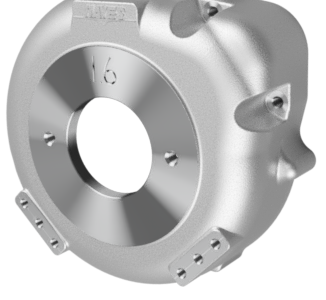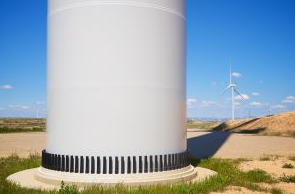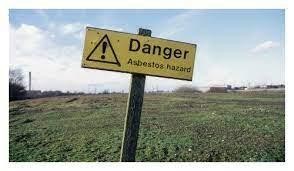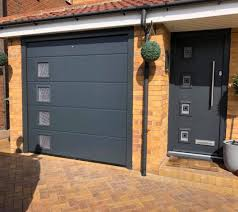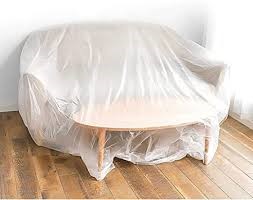Metal spraying (also known as thermal spraying) is a process that is used to apply a coating using techniques that involve heating the coating material until it is molten and then spraying it onto the substrate. When it hits the substrate (at high velocity), it solidifies and bonds.
What are the advantages?
There are a number of advantages to metal spraying.
The main reason this method is popular is that adding a coating in this way is able to significantly enhance the substrate in terms of making it more resistant to erosion, decomposition and damage. This will increase the lifespan of the substrate. Metal spraying is able to deposit thicker coatings than other methods.
One of the other major advantages is the wide range of materials that can be used as the coating. This includes metals, alloys, ceramics, plastics and polymers. This means that specific materials can be chosen based on the attribute that they will add and/or the substrate in question.
As well as the wide range of materials that can be used as coatings, another key advantage is that a huge variety of substrates can be coated.
Specialists in surface treatments
If you would like to know more about the options, there are a number of specialists in this field. Many of these firms have excellent online resources for you to peruse to learn more, such as the examples seen here: www.poeton.co.uk/standard-treatments/.
Any disadvantages?
Like most things, as well as advantages there are some downsides. In this case, the main disadvantages are that there can be significant initial setup costs, it is not easy to assess how well the coating has worked, and sometimes it can be very hard to tell what the substrate was initially made from (without keeping a record).


